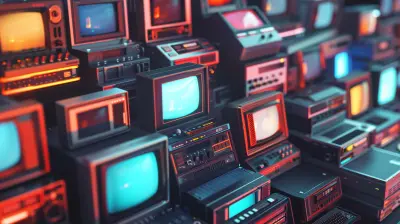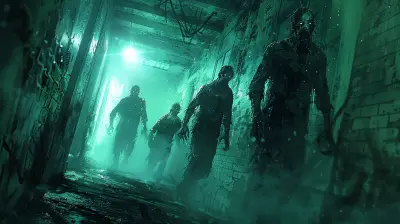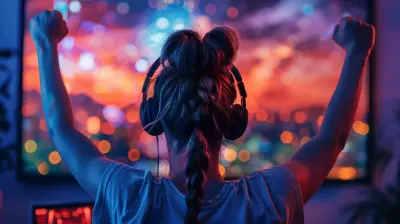Reimagining Classic Characters in Modern Game Reboots
26 May 2025
Gaming is a dynamic industry that constantly evolves, enticing players with incredible narratives, breathtaking visuals, and unforgettable characters. As technology advances, developers are finding innovative ways to breathe new life into nostalgic franchises. One of the most exciting trends in gaming today is modern reboots of classic characters—taking beloved heroes and villains from the past and reimagining them for a contemporary audience. This is no easy task; fans hold these characters close to their hearts, and any misstep could lead to outrage. But when done right, these reboots can strike a perfect balance between homage and reinvention—a sweet spot that can capture both new players and veterans alike.
So, how do developers pull this off? And why does reimagining classic characters resonate so deeply with gamers? Let’s dive into the intricacies of this fascinating trend, dissecting some of the best (and worst) examples along the way.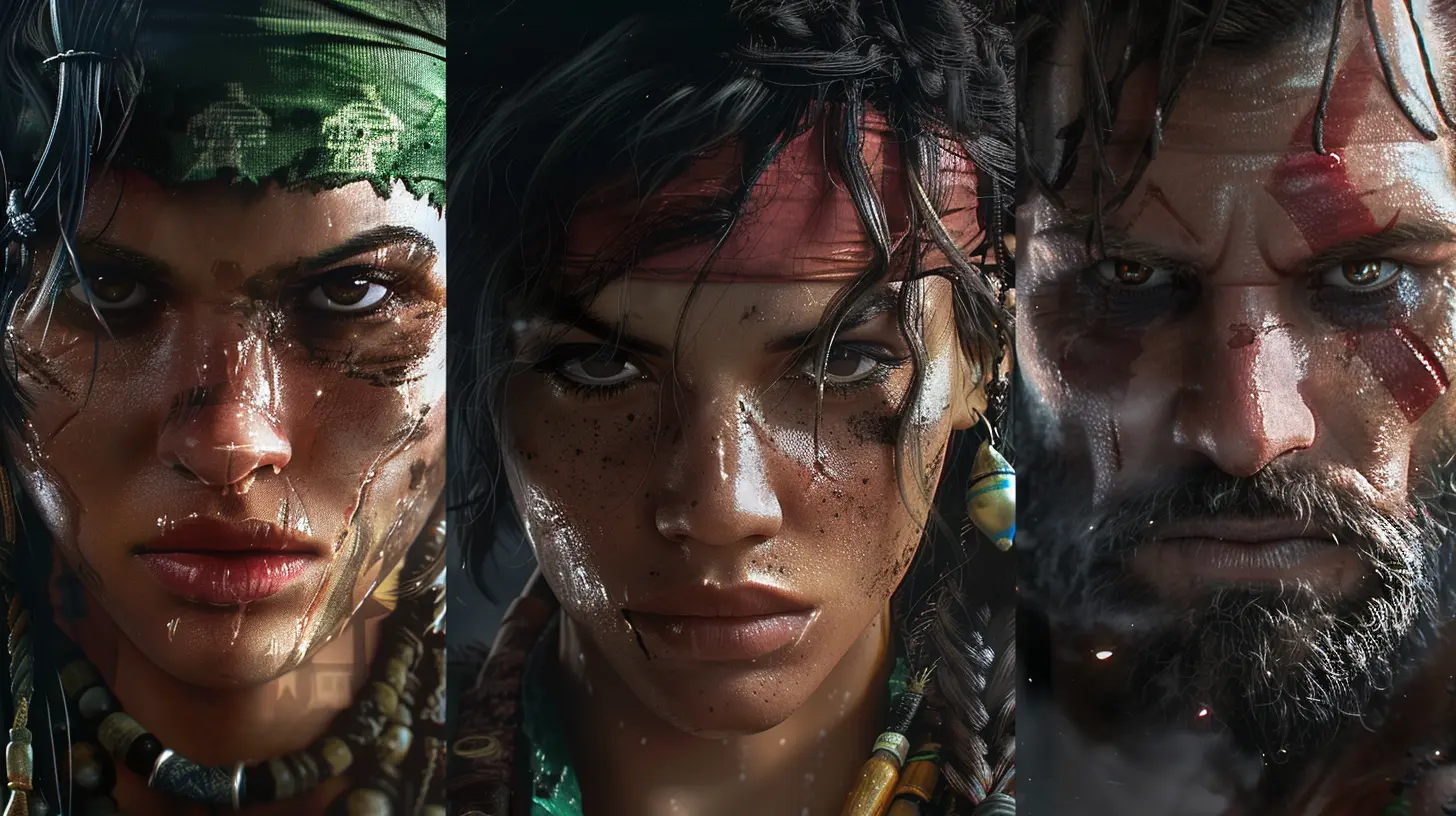
Why Do Game Reboots Focus on Characters?
Why is it that game reboots often zero in on their characters? Simple: characters are the backbone of a franchise. Mario, Lara Croft, Sonic, and Kratos—these are more than just names. They’re icons. Gamers connect with characters emotionally. It's not just about their abilities or quirks; it’s about how these figures make players feel.Characters stick with us. They’re a part of our childhood memories or late-night gaming marathons as adults. A reboot that reimagines a character is more than just a graphical upgrade; it’s a way to revisit those memories while still moving forward. 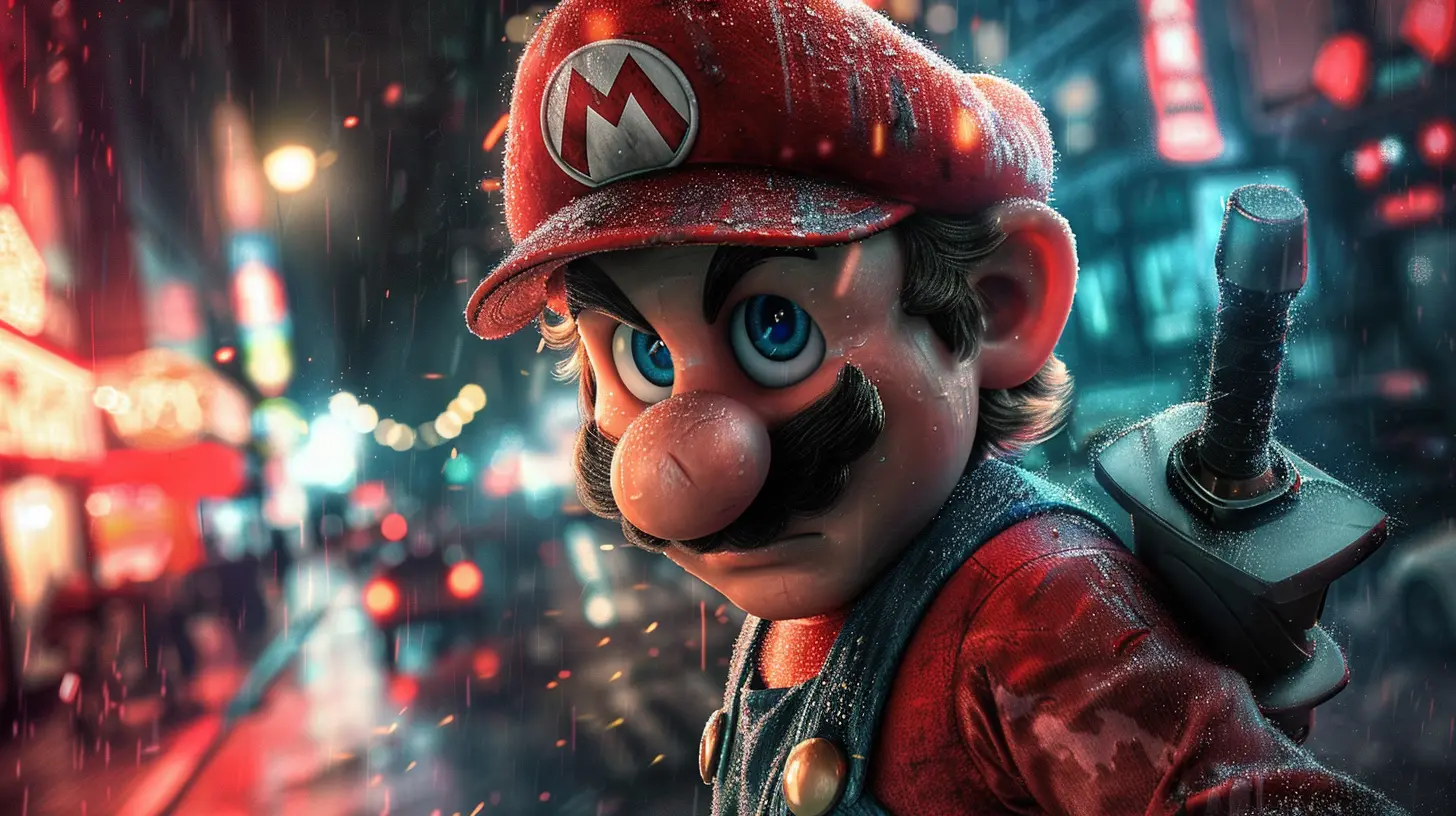
The Fine Line Between Nostalgia and Innovation
Here’s the million-dollar question: how do you modernize a character without alienating fans? Nostalgia is a powerful force, but staying stuck in the past is a quick recipe for irrelevance. Developers have to walk a tightrope between staying true to the original character and making them appealing to modern audiences.Think of it like renovating an old house. You can’t tear it all down (because then it’s no longer the same house), but you also can’t leave it as it was in the ’90s and expect people to be excited about it today.
Case Study: Lara Croft (Tomb Raider)
No discussion of reimagined characters is complete without mentioning Lara Croft. When she debuted in 1996, Lara was a trailblazer. She was confident, daring, and packed with charisma. However, as gaming evolved, her original design began to feel outdated—both visually and thematically.In 2013, Crystal Dynamics gave Lara Croft a drastic makeover in Tomb Raider. Instead of being the untouchable superhero archetype, Lara was reimagined as a relatable human being—a young woman who grows into a survivor. The reboot presented her as vulnerable yet resourceful, giving her a compelling origin story that resonated with modern players.
What made this reboot work? Developers didn’t just slap on a new skin and call it a day. They rethought who Lara Croft was at her core and redesigned her to make sense in today’s narrative-driven gaming culture.
Case Study: Kratos (God of War)
Another standout example is Kratos from God of War. The original trilogy featured a rage-fueled anti-hero whose primary goal was revenge against the gods. While it was a hit at the time, many gamers felt the character was one-dimensional by today’s standards.Fast forward to 2018, and we saw a completely transformed Kratos. Now a father, he’s older, wiser, and grappling with his violent past. The shift from Greek to Norse mythology was a bold move, but it allowed developers to explore themes like parenthood, regret, and redemption.
This reboot didn’t just change Kratos visually or add a new setting—it humanized him. The character’s emotional depth made him not just a badass warrior, but someone players could actually relate to. 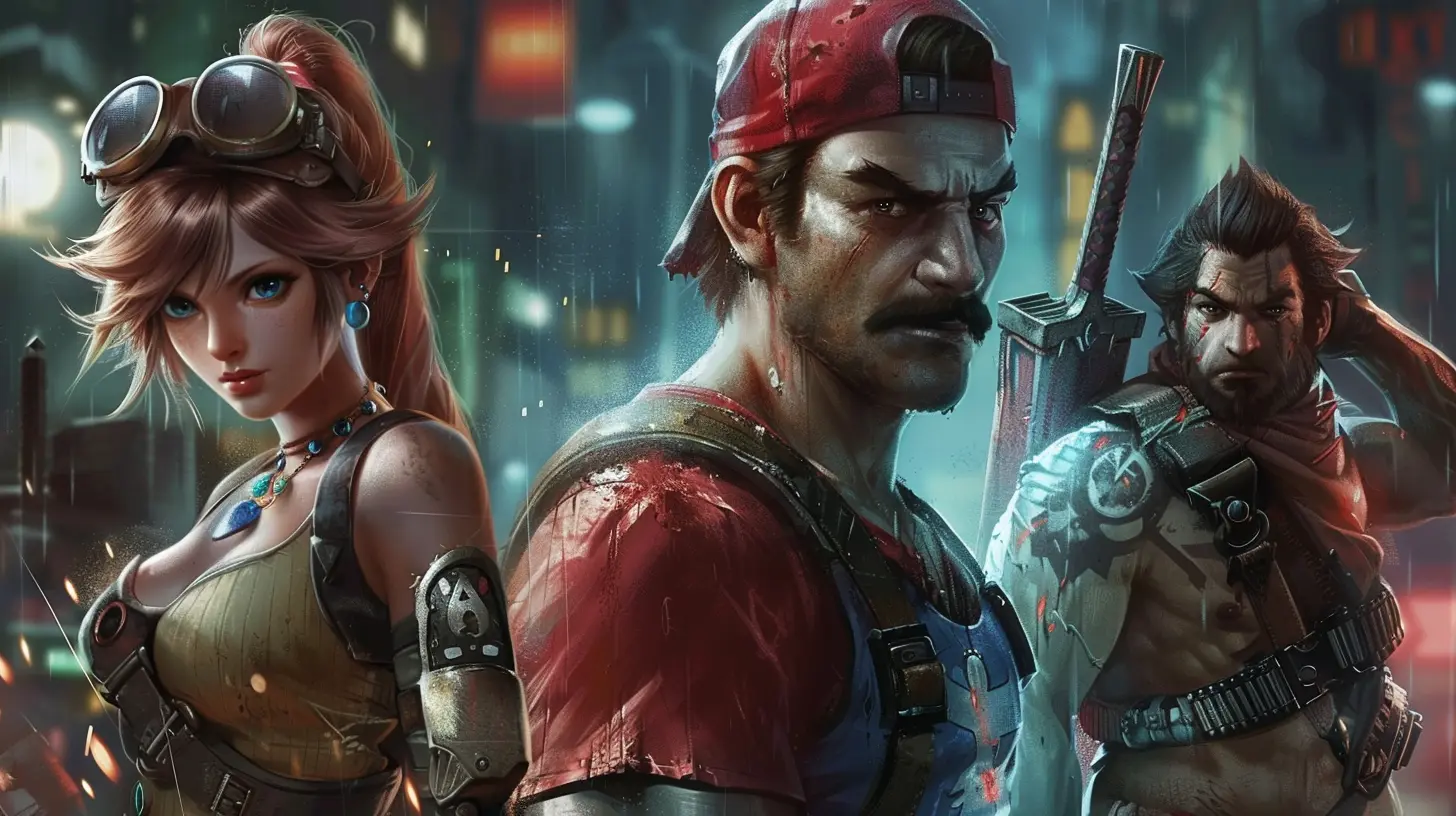
The Role of Visual Redesigns
Let’s face it: visuals matter. Gaming is a visual medium, and a character’s design can heavily influence how they’re perceived. But here’s the kicker: visuals alone aren’t enough.Take Sonic the Hedgehog, for instance. When the trailer for the live-action Sonic movie dropped, fans were horrified by his initial design. He looked... off. His teeth, proportions, and general vibe felt unsettling. The backlash was so intense that the studio delayed the movie to redesign him. The result? A Sonic that felt more like, well, Sonic.
This incident underscores an important point: reimagining a character’s design must align with their essence. A visual update isn’t just about making things look pretty—it’s about staying true to what made the character iconic in the first place.
Case Study: Link (The Legend of Zelda: Breath of the Wild)
Link has always been a silent protagonist—a blank slate for players to project themselves onto. But with Breath of the Wild, Nintendo made subtle but impactful changes to his design and character.While still silent, Link in BOTW feels more expressive and emotionally involved than ever before. His design leans into the sense of adventure, with a practical—but still iconic—look. The changes aren’t drastic, but they breathe new life into a character gamers have played as for decades. 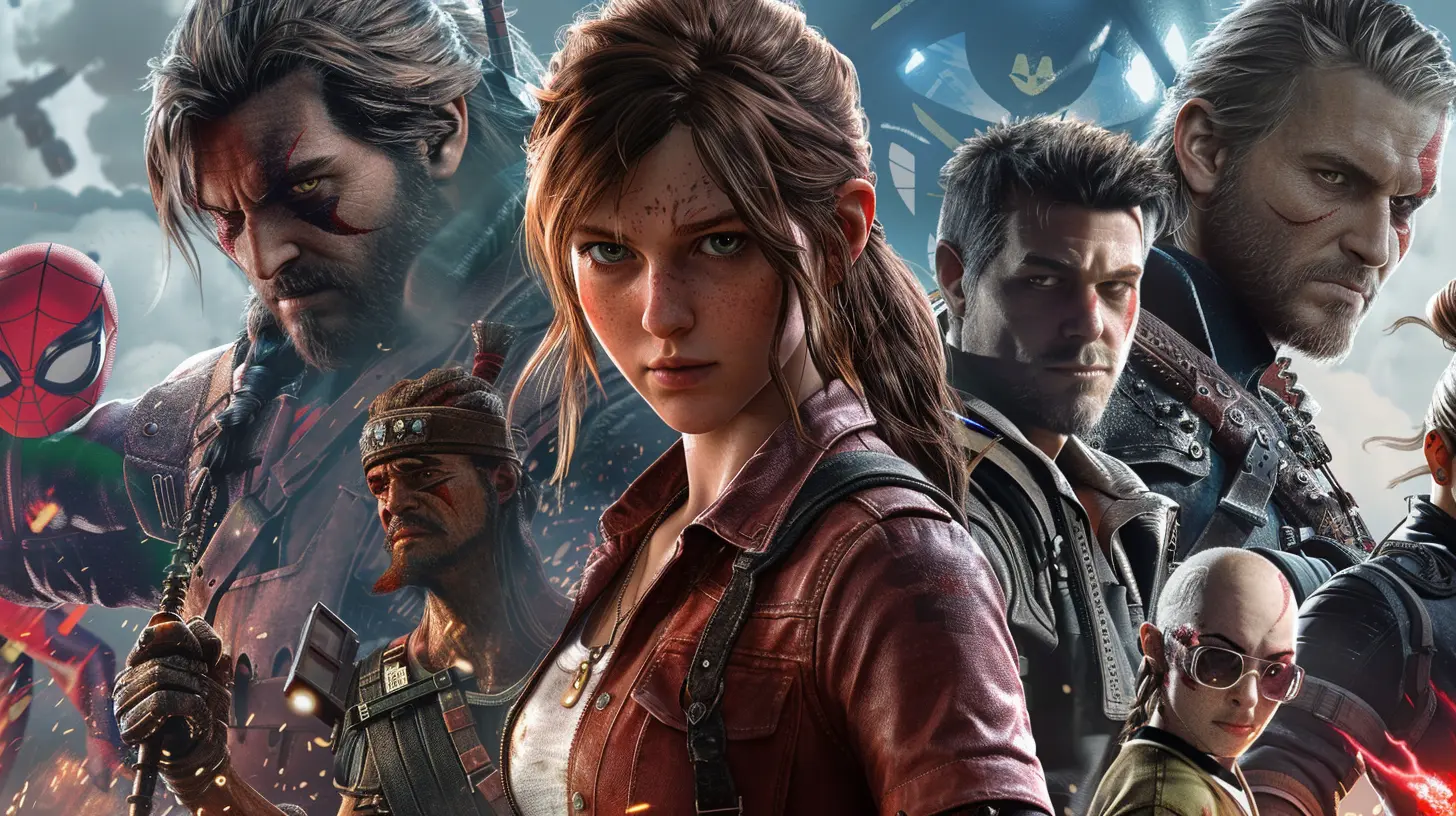
When Reboots Miss the Mark
Not every attempt at reimagining classic characters pans out. Sometimes, developers deviate too far from what made a character popular, and the results can be… let’s say, “controversial.”Take Dante from DmC: Devil May Cry (2013). Capcom decided to strip away everything fans associated with the character—his iconic white hair, his cocky charm—and replaced it with a brooding, angsty version. While the gameplay was solid, fans were divided over the character’s new direction. Dante felt like a completely different person, alienating long-time supporters of the franchise.
The takeaway? While innovation is crucial, developers must keep the soul of the character intact.
Why Reimagined Characters Matter
The gaming landscape is more diverse and competitive than ever before. Reboots aren’t just nostalgic cash grabs; they’re a way for developers to reintroduce beloved characters to entirely new generations of players.Consider kids today. They may never have touched the original Tomb Raider or God of War, but thanks to these reboots, they’re experiencing Lara Croft and Kratos for the first time. These games leave a lasting impression, proving that reimagined characters are bridges between gaming’s past and its future.
The Future of Reimagining Characters
As technology continues to grow, the possibilities for reimagining classic characters are endless. From advanced motion capture to AI-driven dialogue, future reboots will likely go even further in making characters feel real and relatable.However, the core challenge remains the same: honoring the history of these characters while adapting them for new audiences. Developers who strike this balance will ensure that these iconic figures remain relevant for decades to come.
Final Thoughts
Reimagining classic characters is an art. It requires a deep understanding of what makes a character beloved while having the courage to take risks. When done right, it can lead to incredible storytelling, emotional depth, and unforgettable gaming experiences.As gamers, we all have that one character we grew up loving. Seeing them reimagined isn’t just about nostalgia—it’s about rediscovering why they mattered to us in the first place.
What are your favorite character reboots? Have any missed the mark for you? Let’s keep the conversation going in the comments!
all images in this post were generated using AI tools
Category:
Video Game CharactersAuthor:

Brianna Reyes
Discussion
rate this article
3 comments
Aaron Adams
Exciting to see how modern reboots creatively reinterpret classic characters, breathing new life into beloved franchises!
June 5, 2025 at 4:39 AM

Brianna Reyes
Thank you! It's fascinating to see how fresh perspectives can enhance and revitalize our favorite characters.
Haven Jordan
As we breathe new life into beloved classics, the shadows of their past linger, whispering secrets untold. What if these iconic characters hold deeper truths waiting to be unearthed? Each reboot is a doorway—step through, and discover what lies beyond the familiar.
June 4, 2025 at 3:10 AM

Brianna Reyes
Absolutely! Reimagining classics allows us to explore rich, untapped narratives and deepen our connection with these iconic characters, inviting players to discover new dimensions of their stories.
Finley McGovern
Great insights on reimagining classic characters! It's fascinating to see how developers blend nostalgia with modern storytelling and gameplay mechanics. I'd love to hear more about specific examples where these updates have resonated well with fans, and how they balance preserving the essence of the original while appealing to new audiences.
May 30, 2025 at 3:18 AM

Brianna Reyes
Thank you! Examples like "Crash Bandicoot N. Sane Trilogy" and "Resident Evil 2" showcase how developers blend nostalgia with innovation, preserving core elements while enhancing gameplay and visuals. These updates resonate with fans by honoring the originals and attracting new players through modern mechanics and storytelling.
